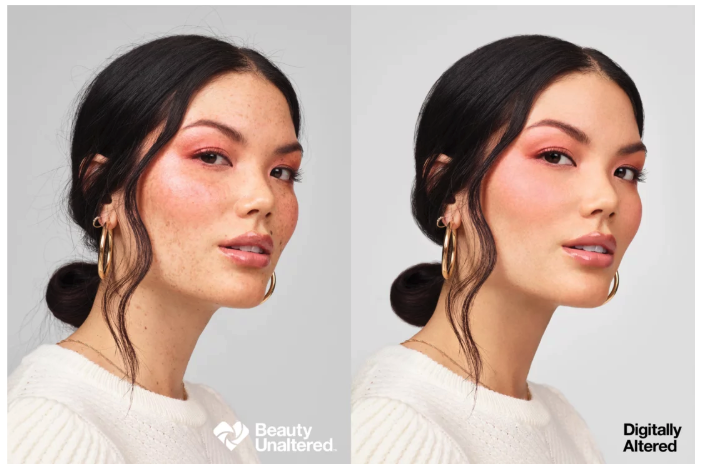Women and advertising have a long and fraught history. Our bodies have been used to sell every product under the sun and we’re photoshopped within an inch of our lives so that we no longer resemble real human beings. Even the stock photos of us are still ridiculous—despite efforts to remedy the situation.
You’d have thought that, if nothing else, the events of 2018 would have driven companies to reassess their portrayals of women. But we’re still seeing articles about adverts that we still can’t believe exist in today’s world. Although some companies have tried to champion women in their advertising, their business practices are far from progressive. Labelled as “feminist when convenient”, these companies want to jump on the bandwagon and promote gender-balance—particularly around dates like International Women’s Day—but behind the scenes are continuing to employ fewer women, especially in senior roles. And tech companies feature prominently in the lists of the worst offenders.
I’ve been working in marketing for several years now, but have been a consumer of this content my whole life. I’ve always been shown images of slim, tall, unnaturally proportioned women with flawless skin and perfect hair. I don’t know a single woman that looks like this, but this is what advertising tells us we need to look like—and we can if we purchase these products! But women aren’t just used to advertise products targeted at themselves, their bodies are exploited and objectified to advertise products typically aimed at men too.
We all know that there is limited truth in advertising—we’re being sold a dream rather than a product. But when it comes to our bodies, we don’t want a fantasy, we want the real deal. And thankfully, these unrealistic expectations of women are finally coming under fire. Companies are starting to introduce more diversity in their advertising campaigns; they’re including models of different ethnicities, and models of all shapes and sizes. Dove has been a big champion of this for a while with their campaign for Real Beauty.
And the battle against Photoshop is raging too. There are calls for an industry-wide ban, with many high-profile people joining the cause. Fashion brands ASOS and Boohoo regularly receive positive press, and huge social media support, for showing images of models with stretchmarks and cellulite. And pharmacy chain CVS has introduced a checkmark for advertising materials that have not been digitally altered. 13 of the big brands it stocks, including Neutrogena and L’Oréal, have already agreed to comply with these requirements.
But it’s not just about the advertising and the “face” of a company. Championing gender diversity needs to go more than skin deep—no pun intended—and cover all aspects of business. That’s something that this year’s International Women’s Day wants to address with its theme “Balance for better”. The aim is to encourage gender-balance across all aspects of business from boardrooms to media coverage. The more companies that can get this right and become true advocates for equality are going to be the brands that command the most respect from consumers.
There are companies out there getting it right. But that should be the norm, not the exception. Consumers are getting more vocal about what they want to see and how they want to be represented. Companies that don’t listen are going to get left behind.
Posted by John on 7 March 2019
